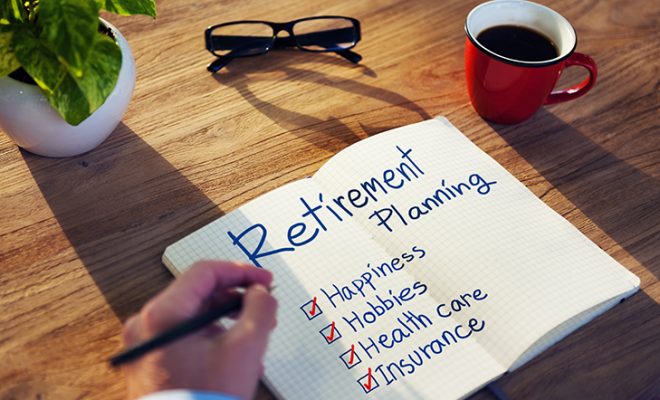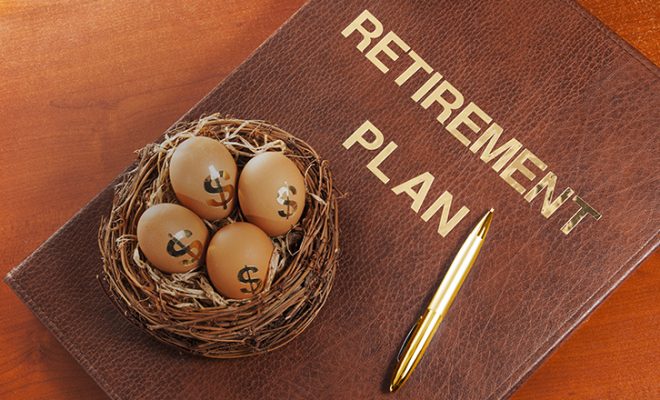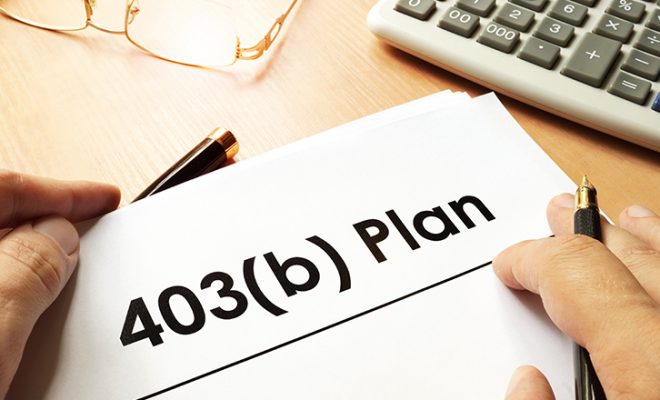Retirement Bucket Portfolio and Its Importance

Retirement planning is all about adopting the right strategy to suit your personal preferences. A retirement portfolio with diversified strategies can make your investment goals realistic and approachable. Bucket portfolio is a unique comprehensive strategy that can help in saving more, delaying the dates, dealing with risks, and managing the expenses. Let’s get to know more about this idea in detail.
Overview
A few decades ago, retirement account owners leveraged interest rates as high as 10% even on a six-month certificate. The main reason behind this was the dominance of pension reimbursements that helped counter the inflation while generating high standards of income sources. And this was done without invading the principal or incorporating any type or risk tolerance.
Today, the scenario has taken a very different route. Reduced yields, loss of pension premiums, and increased inflation has brought new challenges for retirees. Instead of enjoying the increased funds and returns after retirement, people are trying hard to save more by leaping towards lower standards of living. With an attempt to dispel this notion, the bucket portfolio acts as a ray of hope in front of counter-limited retirement income.
The approach is clearly based on helping individuals get more returns from their investment assets. The portfolio includes basic and current assets that can generate near-term returns. Instead of planning ahead, the bucket portfolio focuses on liquid cash and current income expenses. Various assets are diversified and the ones with present benefits are considered vital while the ones that are needed in the future are kept reserved in another category. The main idea here is to keep a cash buffer and bring a sense of security to deal with long-term portfolio risks.
Components
Bucket portfolio is comprised of 3 components
- Bucket 1 is focused on creating a genuine living income to meet the current expenses of a retiree. This component creates low yet regular yields but does not offer a good return due to short term goalmouths. The amount you need in this component can be calculated by subtracting income sources from the annual expenses. Various retirees also like to hold an emergency fund within Bucket 1 to deal with unexpected incidentals such as healthcare, property loss, natural calamity loss, etc.
- Bucket 2 focuses primarily on long-term living expenses. Backed with an aim of stable income production, the preparation entails 5 or more years of planning. Various elements defining this component include fixed income returns, high-quality yields, dividend-paying equities, and various long-term securities. One can also include more balanced funds that come with moderate allocation in different portfolios.
- Bucket 3 includes longer term-period assets like bonds and stocks. This part is reserved for investments that come with a high level of volatility and lower risk tolerance. This portion of the portfolio requires regular alteration to get the most out of period-term investments. When managed correctly, the component can yield maximum returns over a period of time. Bucket 3 has more potential for loss than Bucket 1 or 2. This is why the first two components are created to ensure a reserved source of income even if the stakes don’t turn out to be favorable in Bucket 3.
An important thing to note here is that many individuals might be lured towards the idea of using the returns from long term components of Bucket 2 and 3 to refill Bucket 1. In such a case, there won’t be any need for Bucket 1 in the first place. While this seems sensible, the idea can eliminate a consistent income stream that comes from Bucket 1. When returns are disapproving, a constant standard of living can be maintained through Bucket 1. Also having 3 components can help devise out more strategies such as rebalancing one with the returns procured from the other two modules.
Benefits
The reason why so many individuals are attracted to bucketing is because it acknowledges the fact that everyone needs to analyze their retirement plan. When you create a bucket portfolio, you can easily generate a long-term growth plan for years to come after retirement. Many plans include a time period of 25 to 30 years, providing an assured income by bucketing your assets. You can easily hold stocks for current income needs.
Bucketing is also a psychologically beneficial phenomenon. You don’t need to worry about the cash in your portfolio and can easily enjoy automated withdrawals along with a steady paycheck. The process will make you feel as if you are working again. The computerized process doesn’t need anything more than monitoring for most people. In fact, the stream income that is constantly generated offers relaxation and time to indulge in other activities after retirement.
Maintaining Bucket 1 is favorable as you can easily gather periodic downturns in various other long-term portfolios without risking too much. When you are done with fulfilling current income needs from Bucket 1, you can use the spare return as a reserve in cases of drastic outcomes from Bucket 2 or 3.
Bucketing is also highly customizable. Its flexibility makes it a competitive strategic getaway for retirement. One can include his or her existing assets into the plan and can customize it to their own preferences. Moreover, bucketing relies on the human intellect to deal with consequences instead of generating income from bonds or stocks. This helps as one can learn the mediums of rebalancing living expenses while honing skills like tax-loss harvesting.
To sum it up
When you retire, you have many options in front of you. Many retirees like to go for pre-set plans that come with less practicability in the long run. Bucketing is one unique concept that offers customization with better results. Within this method, you can tailor different frameworks as per your needs. You can also change the number of blocks you hold and the type of assets you need to modify.
If you are keen on starting with a retirement bucket portfolio, contact Financial Advisor and start with your bucketing retirement planning today.










